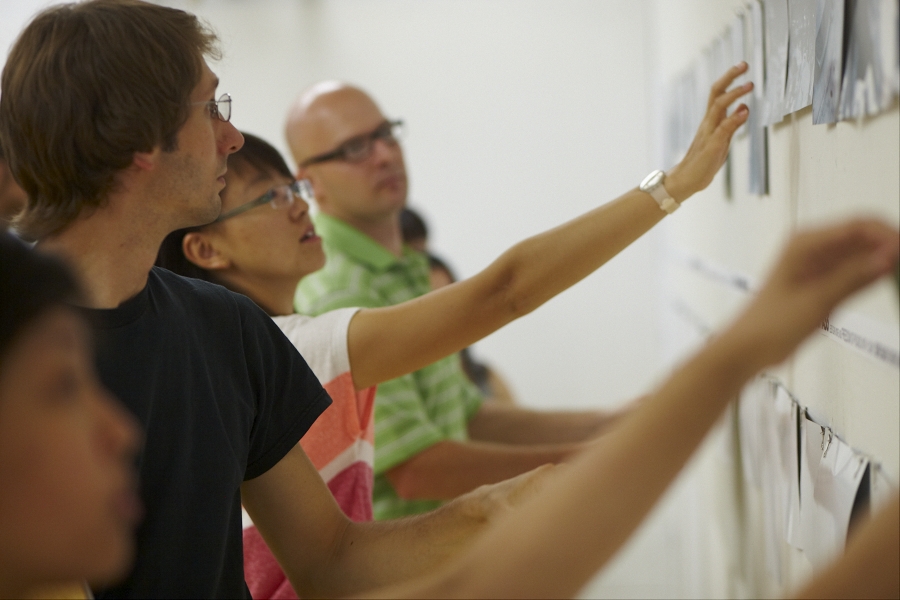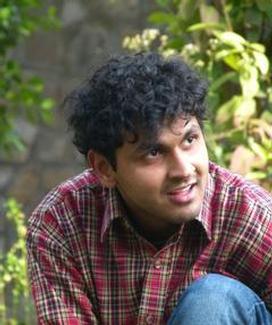Travel Fellowship Report: Saumitra SinhaCampaigning Architecture, AA/UIC Workshop13th - 24th August 2012I would like to begin by repeating what I had said in my fellowship proposal about the workshop, that it is a very unique theme. One which we as architects do not get exposure to. All of us came in with different interests towards the subject, "Campaigning Architecture". Four streams (having 4-5 students each) focusing on different aspects of the theme aimed to cover these various interests. The "Lobbying Architecture" stream, playing on the double meaning on lobbying, in the sense of pitching of ideas in architecture, as well as exploring and highlighting the various connections or interfaces between public and private spaces, commercial or communal, etc. Looking at them as assets of the city and how to utilize their potential. "Active Spectacle" focused on understanding the dynamics of a campaign. Analyzing the active part of the protest, where the performance, the theatrics, costumes, posters, masks, etc. all play a role in sending a message across and reaching a wide audience through the media. Studying about props and temporary devices which are used in protests and marches which are deployed beyond ones primary territory in the public domain and in temporarily occupied spaces so as to be able to better equipped in staging a protest of our own. "Place/Performing Profanities", aimed at investigating ways to reactivates spaces in a city, by first understanding the nature of a place, its role and the process of its formation within the city architecture. Studying about utopias and heterotopias to inform what interventions would be best for the cause of revitalization. I was part of the "Spatial Graffiti" stream which was looking at how denizens can themselves take part in changing the urban environment. It looked to bring to the people the expertise of design professionals and other successful protestors by trying to create a forum or a platform through which people can have access past interventions and new ideas for urbanism. As a prerequisite for the workshop, we were given a reading list with relevant texts and references to the four streams, which we had to go through before the workshop started. In the "Spatial Graffiti" stream we read the Tactical Urbanism 2 handbook which was a compilation of various methods that people had employed as quick responses to the urban issues which ailed them, for the purpose of "short term action for long term change". The book basically codified the various interventions in a structured manner and described their methods and purpose. For example, it had "Parking day" which is basically a large scale organized occupation of parking spaces and using it for other activities other than parking, like for seating or for a barbeque, as a protest towards the increasing number of car spaces in the city. "Weed bombing" where unkempt gardens with weeds are bombarded with color filled balloons to make them more appealing. "Guerrilla gardening" where people start to grow plants in vacant unutilized pieces of land in the city. One of the interventions, "Pavement to plazas" has a very famous example. Broadway in New York City was made traffic free and the temporary seating made permanent for the public. Reading about such activities gave us examples of such imaginative responses to urban problems, which were mostly unsanctioned and done by common people.
The first day of the workshop was exciting, although it was raining, we went on a tour of the city of Chicago. We went to many important buildings in the downtown area, like the Public Library, the Palmer hotel, James R Thomson center, Marina Bays, etc. We went through the various the corridors and interior public spaces which connected the buildings to sort of made urban passages through them, most interesting being the underground ped-way (pedestrian way) which ran below the buildings and had connections to the subway stations as well as many shops and cafes. Through this we got a basic idea of Chicago as a city, it's interesting architectural features and its history.
That evening we had a special lecture by Stanley Tigerman who spoke about his extensive work in Chicago and in Archeworks, a non government organization which acts like a forum for exchange of socially conscious and sustainable design. The next day featured Martin Felson who spoke about how he pitched his ideas to the government, how he had to deal with the bureaucrats and the various obstacles he had to overcome while trying to realize these ideas. The second and final week featured two other talks, one by Sean Lally and another by Andrew Zago. There was also a visit to StudioGang Architects, where we had an informal lecture with Jeanne Gang who spoke about her plan on the revitalization of the waterways of Chicago, and how she was working on pitching the idea to the authorities.
In the first week all four streams focused on researching on their respective topics and building up a better understanding of their subject. In the stream I was in, Spatial Graffiti we read up in detail about many different interventions/protests that have been previously been done as a response to various causes like, Pavement to Parks movements, Banksy, Adbusters, parking day, etc. We wanted to create a website having all these works which would be like a compendium/tool kit, accessible to everyone who wants to do similar urban interventions of their own. So, we went about trying to break down the different projects into quantifiable elements which would help inform the user of the tool kit about the project and hopefully get inspiration from it. The different categories included, the tactics used, the provocation, scale, investment of time needed, the nature of the intervention (temporary or permanent), cost, legality, etc. We hoped to create a catalogue where people would be able to search using various themes and taglines which would give multiple related results in the hope that it would inspire the user to a new kind of urban tactic. This ultimately resulted in the website http://www.spatialgraffiti.com/. Due to time constraints we weren't able to make the website function as we had envisioned, but the output is a close example of what we wanted to achieve.
The second week had us focus on the type of intervention that we wanted to do as a demonstration of how the toolkit might be used. We focused on selecting relevant examples that from which we may derive from to devise our own interventions, which we also put up on the website. I researched on the strategy and tactics of the street artist, Slinkachu, who uses miniature plastic figurines to orchestrate urban scenarios which are sometimes used to make statements. Mostly the theme of the scene he portrays is weak, and due to the small scale of the art, the reach of the audience is very less. The most impact his art has is through the photographs he takes and puts on the internet. I thought that by adopting the play of scale, where by using small plastic figurines, the issue or the problem in focus gets magnified. It can be used on a large scale, with a sequence of themes to make statements on issues. The issue I focused on for my intervention was the problem of Urban Isolation. In high rise buildings, people have very close physical proximity to others, but due to the architecture there is very little interaction between people. Due to the vertical stacking of apartments, people don't know their neighbors, people may meet each other in the lift lobby or in the lift but they don't interact or talk to each other. Due to the time restrictions and limited resources, I simulated the scenes, digitally adding the plastic figurines in the scenes I had set up and taken photos of. I used a sequence of windows as a backdrop for setting themes with plastic figurines, to bring into focus the social problems of high rise living, which could be put in new or un-leased apartments in the hope that people may make attempts to get to know the people who live around them in high rises. The second setting I did was in a residential lobby. Urban isolation immediately reminded me of, "a message in a bottle" where, stranded or lonely people send notes in bottles across the seas, not knowing who the recipient would be. Drawing on the same desperation as a stranded person, I thought of setting the plastic figurines frantically writing friendly notes and messages, scurrying across the vast lobby floor carrying these plastic bottles with messages in them, so that people themselves can pick up the bottles, read the notes and write a few of them on their own.
The final review had us showcase our individual or collective works. The variety of works which came up included a mapping of the various protest routes in the city of Chicago, unique maps of the Chicago landmarks as opposed to touristic maps and a demonstration against the name changing of landmarks (Specifically the Sears towers being called Wills towers) to name a few.
The intensive workshop ended with us absorbing a lot, exchanging a lot of ideas and building strong foundations for their future development.
References http://chicago.aaschool.ac.uk/ http://www.spatialgraffiti.com/
Additional Help and InformationAre you in need of assistance? Please email info@berkeleyprize.org. |
|

-%20Walk%20in%20the%20Ped-way.jpg)
-Stanley%20Tigerman%20Talk.jpg)



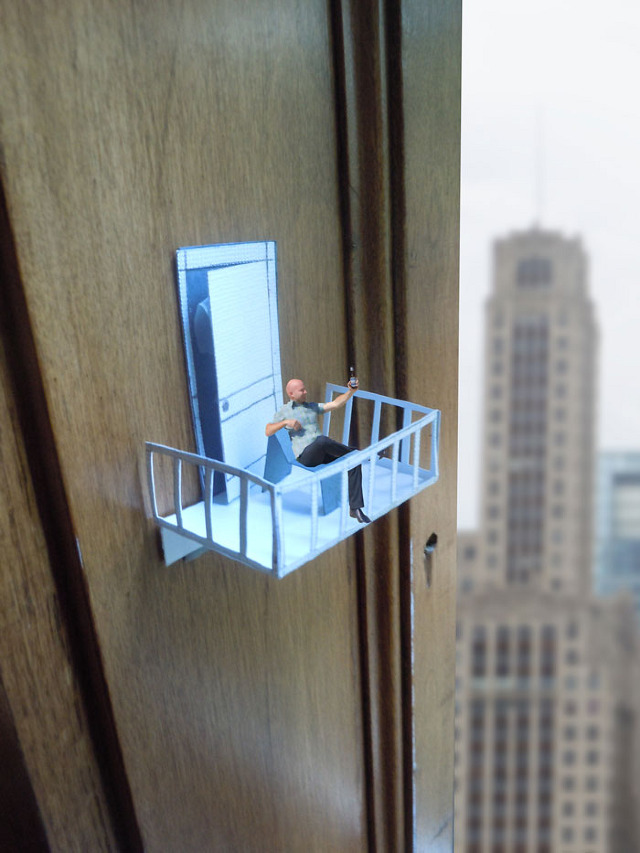
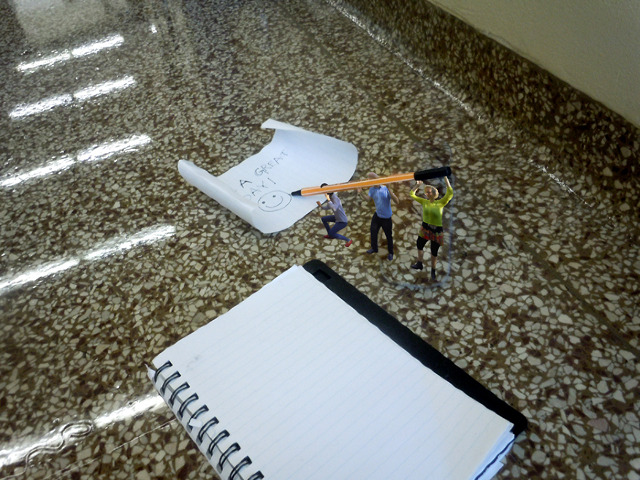
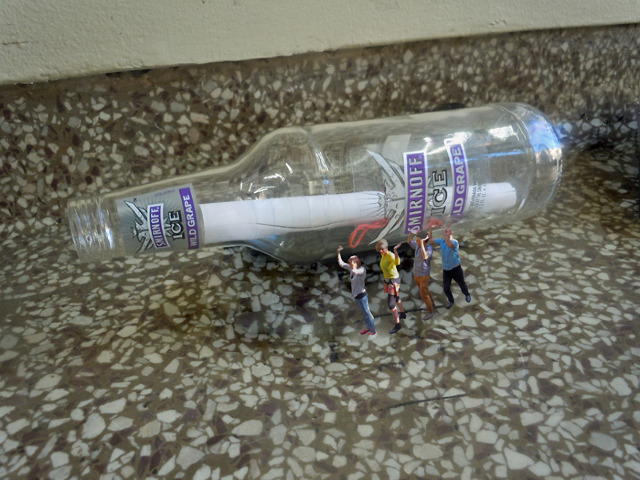
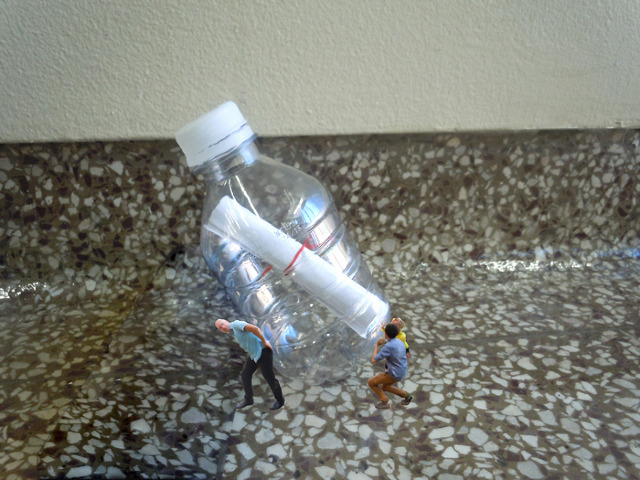
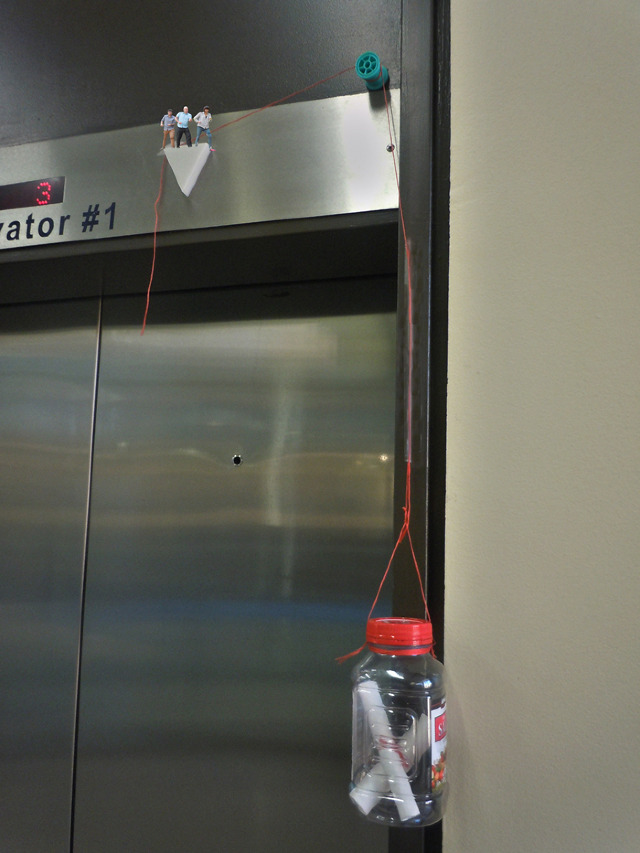
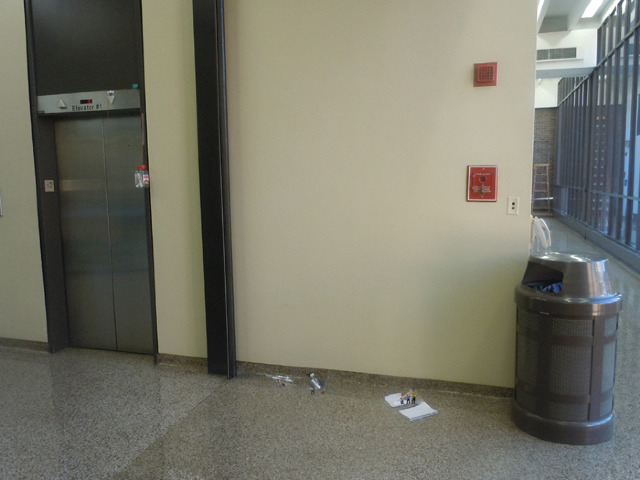
-Sears%20towers%20to%20wills%20towers%20demonstration.jpg)
-Sears%20towers%20to%20wills%20towers%20demonstration.jpg)
